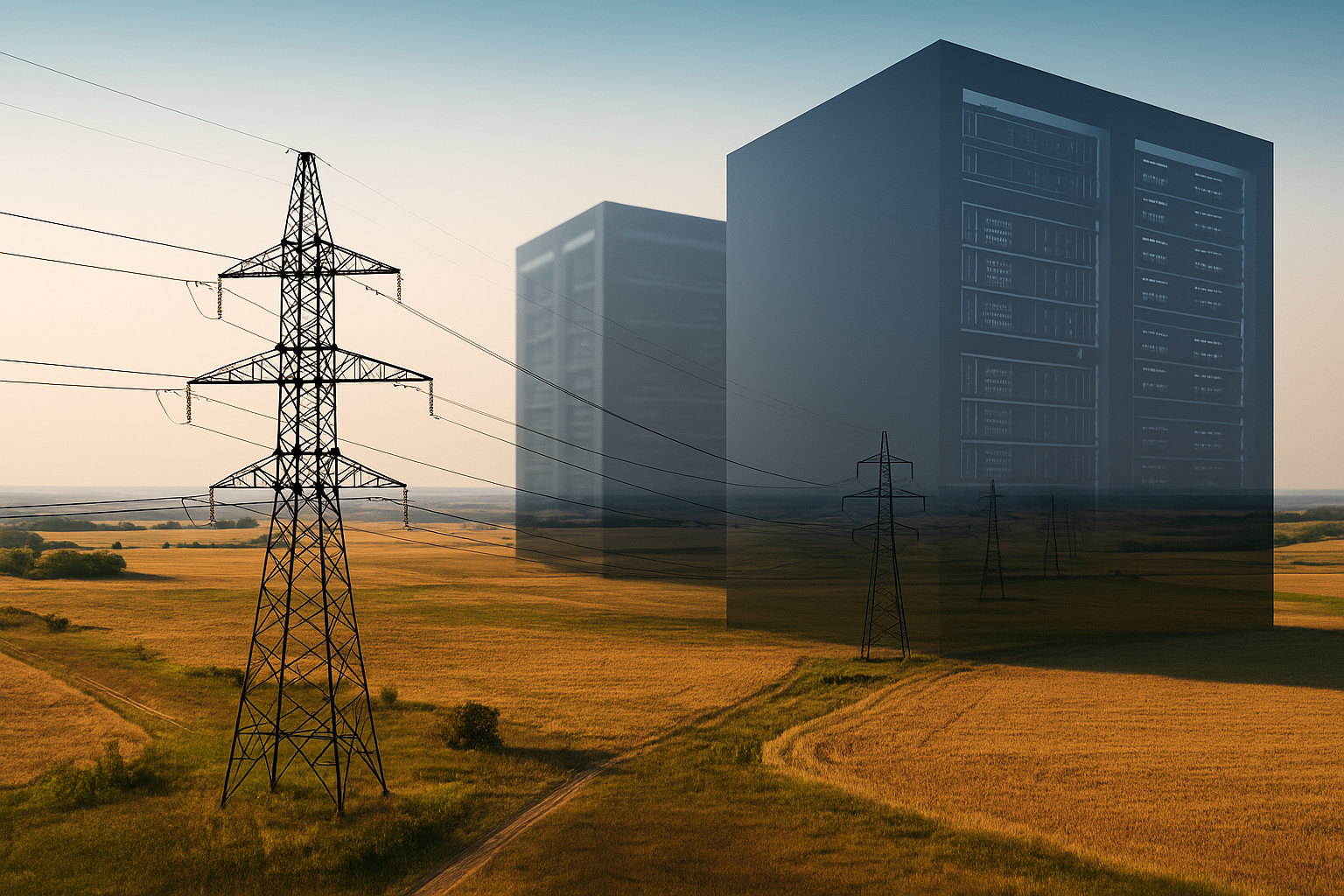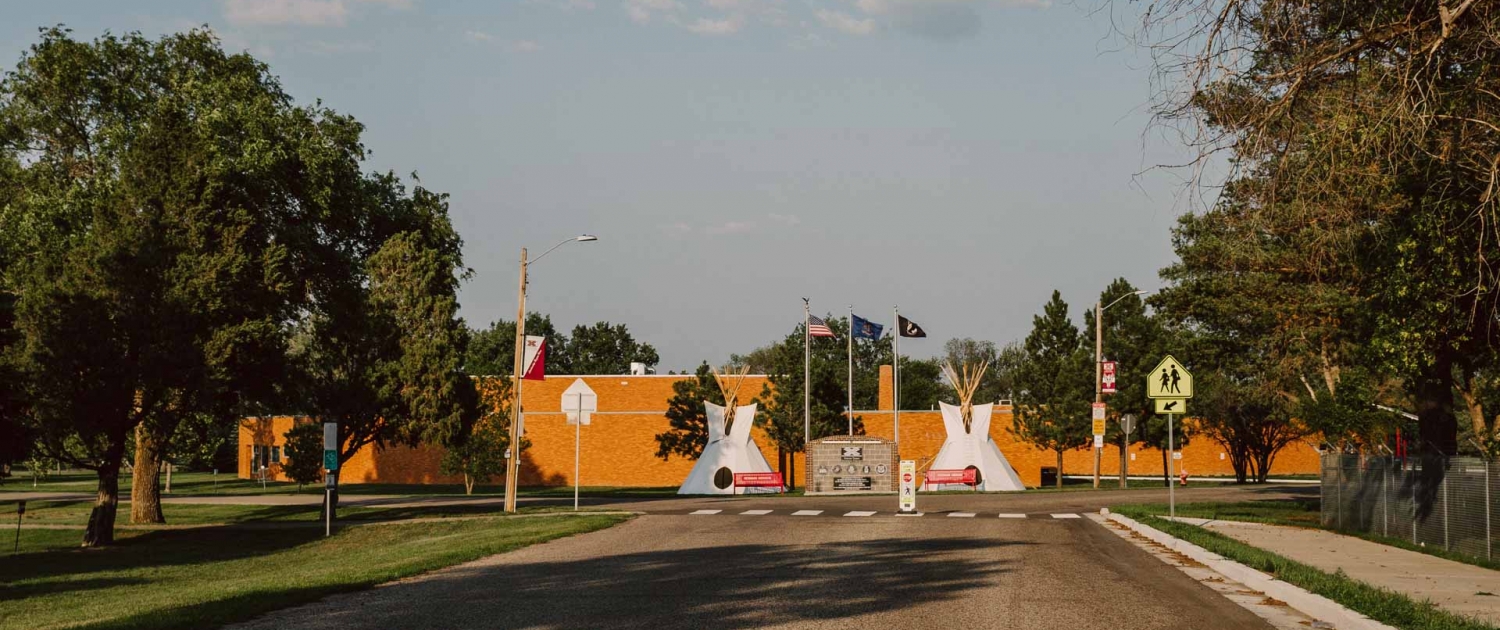The booming expansion of mega-data-centers tied to artificial intelligence in North Dakota is triggering red flags for Bismarck and the surrounding region. Utilities and state officials say enormous electricity loads, huge cooling/water requirements and backup generator emissions could stress the local grid — and ultimately drive up bills for households.
In short: what looks like big-tech investment might carry hidden costs for everyday Bismarck residents.
North Dakota’s climate and favorable tax/energy profile have attracted major data-center projects — companies are betting on “cold weather” for lower cooling costs.
According to a legislative memo, the state lacks regulatory oversight of data-centers themselves — utilities are regulated, but the centers aren’t directly. In our region, Basin Electric Power Cooperative (based in Bismarck) has received over 11,000 MW in large‐load data-center applications since June 2025. That demand alone doubles their current dispatchable generation. One article comments: “Down in Ellendale … they need approximately a little over 60 generators on an emergency basis.
Locals are raising concerns: it’s not just investment, but the question of whether their power supply, water usage, and emissions will be impacted. For instance, a public input meeting urged designated industrial zones and offset taxes on data-centers.
Your household power bill could inch up as utilities build new infrastructure and transmission lines to serve giant data-centers.
A strain on local utility capacity may slow new housing, business expansion or even cause service reliability issues if large loads come first. Even though many data-centers locate outside city limits, the effect ripples—via water systems (for cooling), diesel/generator air emissions, and local permitting.
“Everyone seems to be wondering the same thing – how will these datacenters affect ‘me’,” said Andy Buntrock of Basin Electric.
More data-centers = more mega-loads. Utilities must build new generation/lines, and residents may pay for it. Even in cold climate North Dakota, large facilities need cooling/water or closed‐loop systems. Impact on local resources and environment real.
Large backup generators (for power outages) emit pollutants; communities adjacent to sites can feel impacts.
Locals want say in where data-centers locate. Industrial zone designation, public hearings, taxation of facilities are on the table.
Bismarck stands at a crossroads. The AI-data-center rush brings economic opportunity — jobs, investment, visibility. But it also brings infrastructure stress, resource competition, and environmental risk.
For residents, the key will be staying engaged: monitoring utility filings, speaking up in zoning and permitting, and ensuring the benefits don’t come at the cost of higher bills, strained services or overlooked emissions.
Local decision-makers in Bismarck and Burleigh County must act now to manage the trade-offs — or residents may face the ripple effects long before any ROI arrives.


